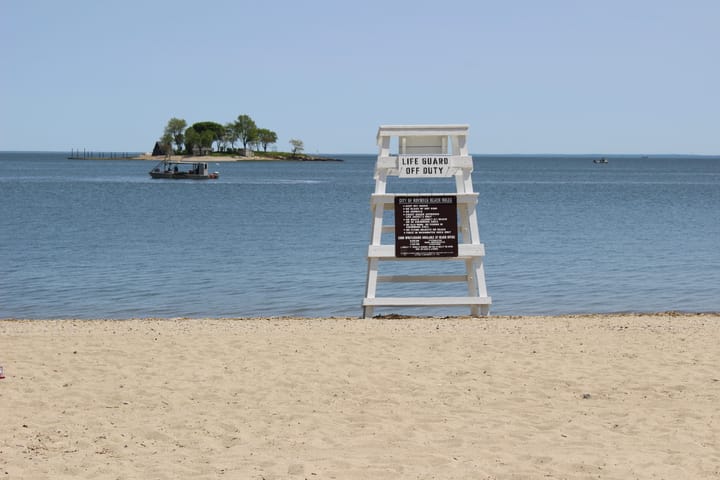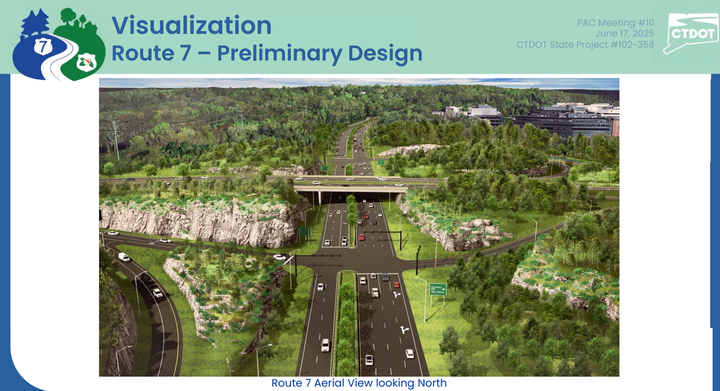Southwest Connecticut Plans for Climate Change
A new Priority Climate Action Plan for the Bridgeport–Norwalk–Stamford area outlines 16 actions the region can take to help mitigate the effects of climate change.
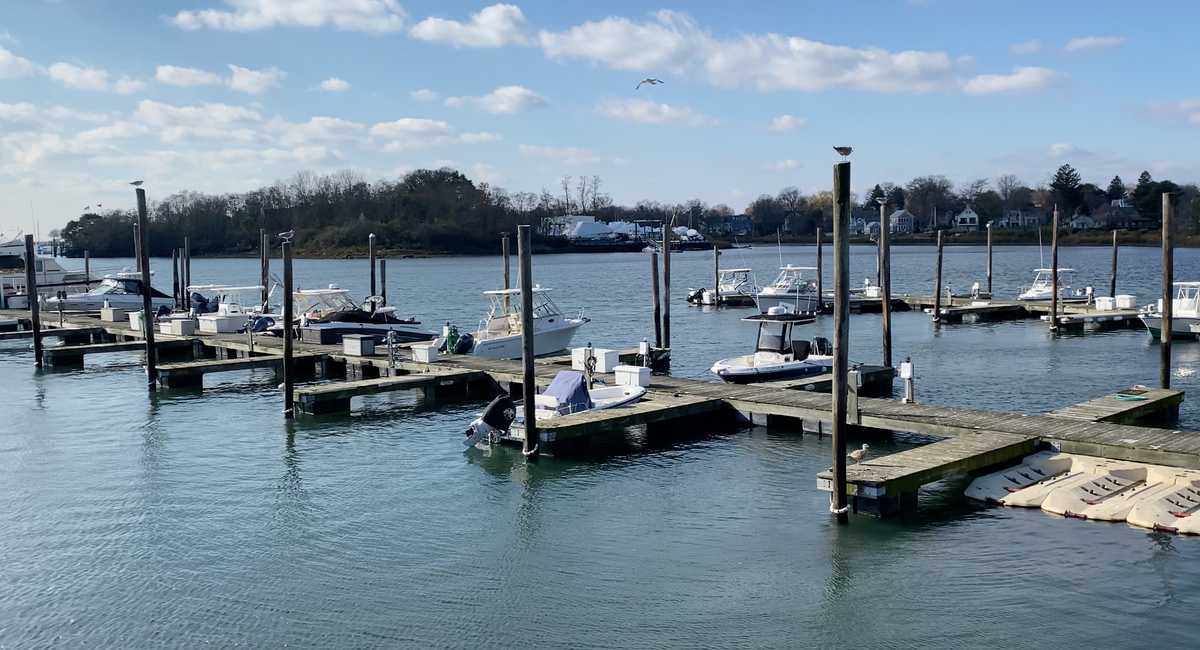
How can southwest Connecticut reduce air pollution and provide benefits to the community, such as lower energy costs and better public health? A new Priority Climate Action Plan for the Bridgeport–Norwalk–Stamford area proposes 16 actions the region can take to help limit the effects of climate change.
What is the Priority Climate Action Plan?
As a part of the bipartisan Inflation Reduction Act that Congress passed in 2022, the United States Environmental Protection Agency (EPA) created the Climate Pollution Reduction Grant (CPRG) program. This effort provides aid to state, local governments, tribes and territories, and local planning groups to develop “ambitious plans for reducing greenhouse gas emissions and other harmful air pollution.”
This is the first phase of the program—sending out about $250 million in aid for planning to communities. The second phase includes $4.6 billion in grants that communities can apply for—ideally with some of the projects and plans developed in the first phase.
This report was developed between two Councils of Government in Connecticut—WestCOG, which covers the western section of CT, including Stamford, Norwalk, and the neighboring areas, and MetroCOG, which covers Bridgeport and the surrounding communities.
“In the face of escalating climate change impacts, the urgent need for effective climate action is increasingly apparent,” the plan stated. “Developing plans for action—robust strategies to mitigate greenhouse gas emissions—is essential to safeguard our planet for future generations.”
What are climate change-related concerns and issues facing southwest Connecticut?
The plan found that the “climate hazards which have the greatest impact on Southwestern CT are extreme heat, high intensity precipitation events, and coastal flooding.” That’s due to the fact that as the climate changes, the Northeast continues to experience longer and more frequent extreme heat events in the summer months.
“Coastal communities are becoming more vulnerable to the impacts of sea level rise,” the report also stated, noting that eight of the areas in the plan are located along the Long Island Sound.
“These areas have been subject to more frequent and severe flood events, higher tides, and property damage during major storm events,” the report stated.
Those impacts also aren’t felt evenly across communities, according to the plan. Areas that are low income and/or disadvantaged communities, which included more than 30 census tracts in Bridgeport and six in Stamford, “face the greatest threats to their physical and mental health, as well as their air, water, food, and shelter, due to factors such as where they live, their health, income, and limited access to information and resources,” the report stated.
“Climate change impacts, such as extreme heat, and catastrophic weather effects can exacerbate existing inequities, including environmental injustices due to historical patterns of development and disinvestment,” the plan stated.
What are the action steps?
The plan listed 16 actions across seven categories—transportation, residential/commercial buildings, electric power, materials and waste, carbon capture, sustainable growth, and green economy. These 16 actions aim to help “set the Southwest Connecticut region on a path to be carbon neutral.”
Transportation
As part of the public input process, the report noted that several “municipalities brought up Complete Streets projects as important for enabling safe walking and biking instead of driving; creating a transportation alternative for “bringing residents downtown,” such as a trolley or shuttle service; and creating designated rest areas along I-95 and RT-15 for trucks to discourage them from driving through neighborhoods.”
“Our society’s heavy reliance on cars has significantly contributed to environmental degradation. As a car-centric community, our dependence on vehicles has led to increased air pollution, greenhouse gas emissions, and urban sprawl,” the report noted.
It also found that municipalities supported adding charging stations for electric vehicles, working to transition municipal vehicles, including school buses to electric, and enhancing public transportation.
Recommendations in this area include:
- Promote the transition to electric or other low-carbon fuel for both private and public sector vehicles. This could include targeting funding for school bus electrification, installing EV charging stations, and having municipalities purchase electric or other low-carbon vehicles when it’s time to buy new ones.
- Develop robust, reliable, and accessible mobility options to encourage and enable a shift from single occupancy vehicles towards zero emission modes such as walking and biking. This could include implementing policies like Complete Streets and connecting bike and pedestrian infrastructure.
- Improve public transportation frequency and reliability; expand public transit options; and expand programs to reduce trips by car. This could include expanding transportation offerings and adding more access to transit hubs.
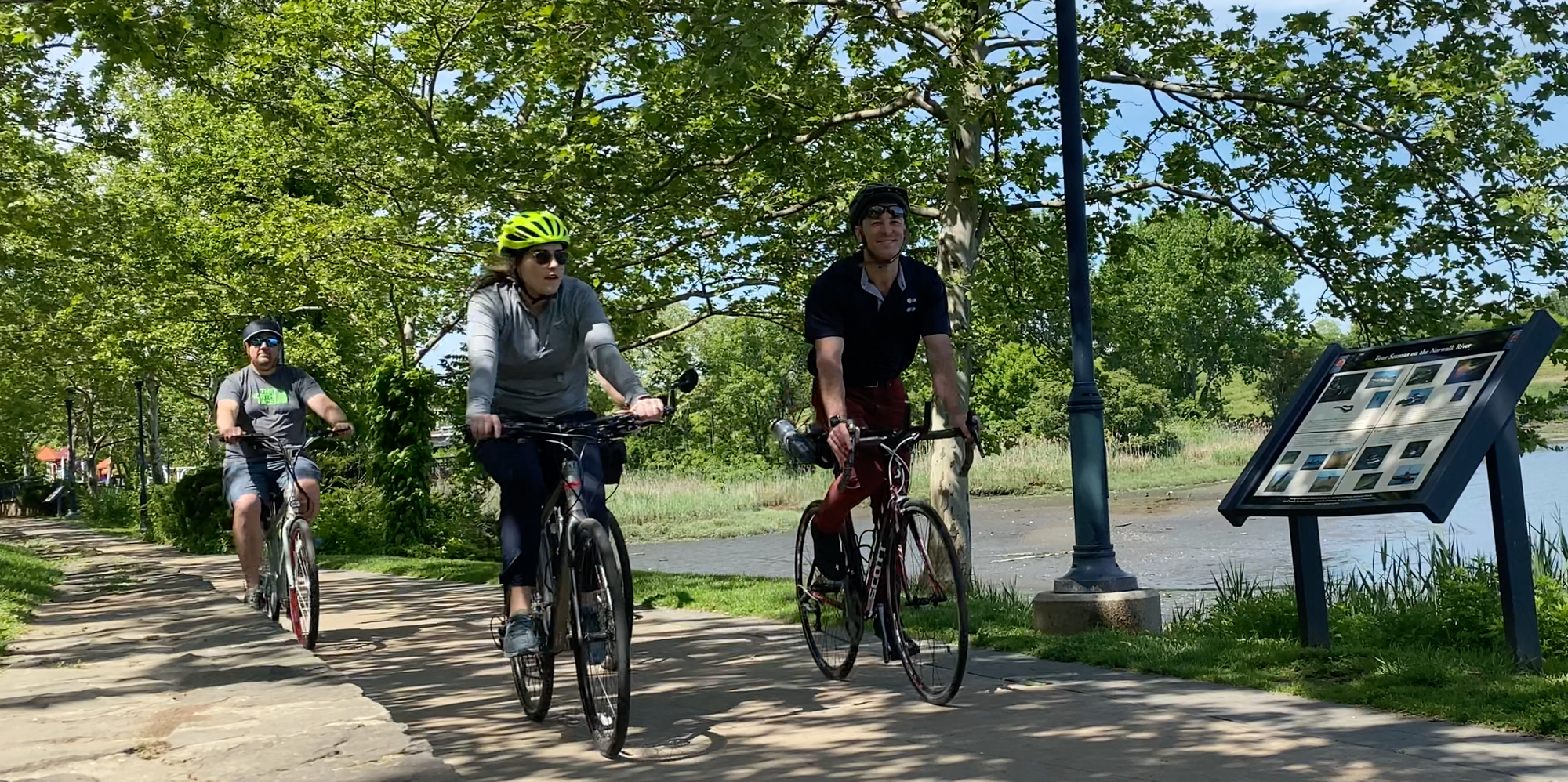
Buildings
Officials from local municipalities said that residential buildings contribute greatly to emissions in the region, and that more needed to be done to retrofit them and make them more energy efficient. Officials also were supportive of “incentivizing solar…particularly for municipal buildings.”
“Building codes and building stretch codes play a crucial role in promoting green buildings nationwide,” the report noted.
Recommendations in this area include:
- Develop programs and resources that promote and aid the switch to energy efficient and renewable options for residential and commercial buildings. This could include advocating for new rebate and incentive programs for using renewable energy and identifying opportunities to reuse vacant buildings.
- Retrofit municipally owned buildings to improve energy efficiency and decrease reliance on fossil fuels. This could include installing clean energy HVAC systems and encouraging municipalities to adopt higher building standards for energy efficiency.
- Advocate for state level legislation that would empower municipalities to enforce more environmentally friendly building codes for commercial and residential properties.
- Encourage municipal and commercial buildings to report carbon reduction plans.
Electric Power
The report stated that creating a more sustainable future requires communities to reduce their energy consumption and transition to renewable energy sources.
“By decreasing our reliance on fossil fuels and embracing renewable energy like solar, wind, and hydroelectric power, we can significantly reduce greenhouse gas emissions that contribute to global warming,” the report stated.
Recommendations in this area include:
- Increase the generation, use, and storage capabilities of renewable energy throughout the region. This could include installing solar on buildings owned by municipalities and identifying sites for energy generation or storage, such as closed landfills.
Waste
Diverting organic waste and transitioning facilities to renewable energy were some areas municipal officials highlighted in this section. Officials said this could look like “waste prevention, reuse, recycling, and composting.”
Recommendations in this area include:
- Promote a circular economy—which could look like a swap shop, where people donate their gently used items and others can reuse them—and the reduction of carbon through improved materials management and waste processing.
- Improve residential and commercial waste diversion rates by implementing new or enhancing existing waste programs. This could include adding and expanding composting programs and improving solid waste management practices.
- Reduce municipal wastewater treatment facility energy usage and emissions. This could include increasing energy efficiencies in these buildings and reducing water into the system by adding green instructure that would take in rainfall.
Carbon Capture/Natural Lands
One of the areas that can be a key part of mitigating climate change are natural resources such as forests, water, and wetlands.
“Shade trees help to mitigate extreme heat and wetlands help to mitigate flooding from rainfall or storm events,” the report noted.
Recommendations in this area include:
- Expand land conservation. This could include working with local environmental organizations to find opportunities for land to be conserved or restored.
- Enhance carbon sequestration across the region through the expansion of trees and green space. This could include improving tree planting and harvesting practices.
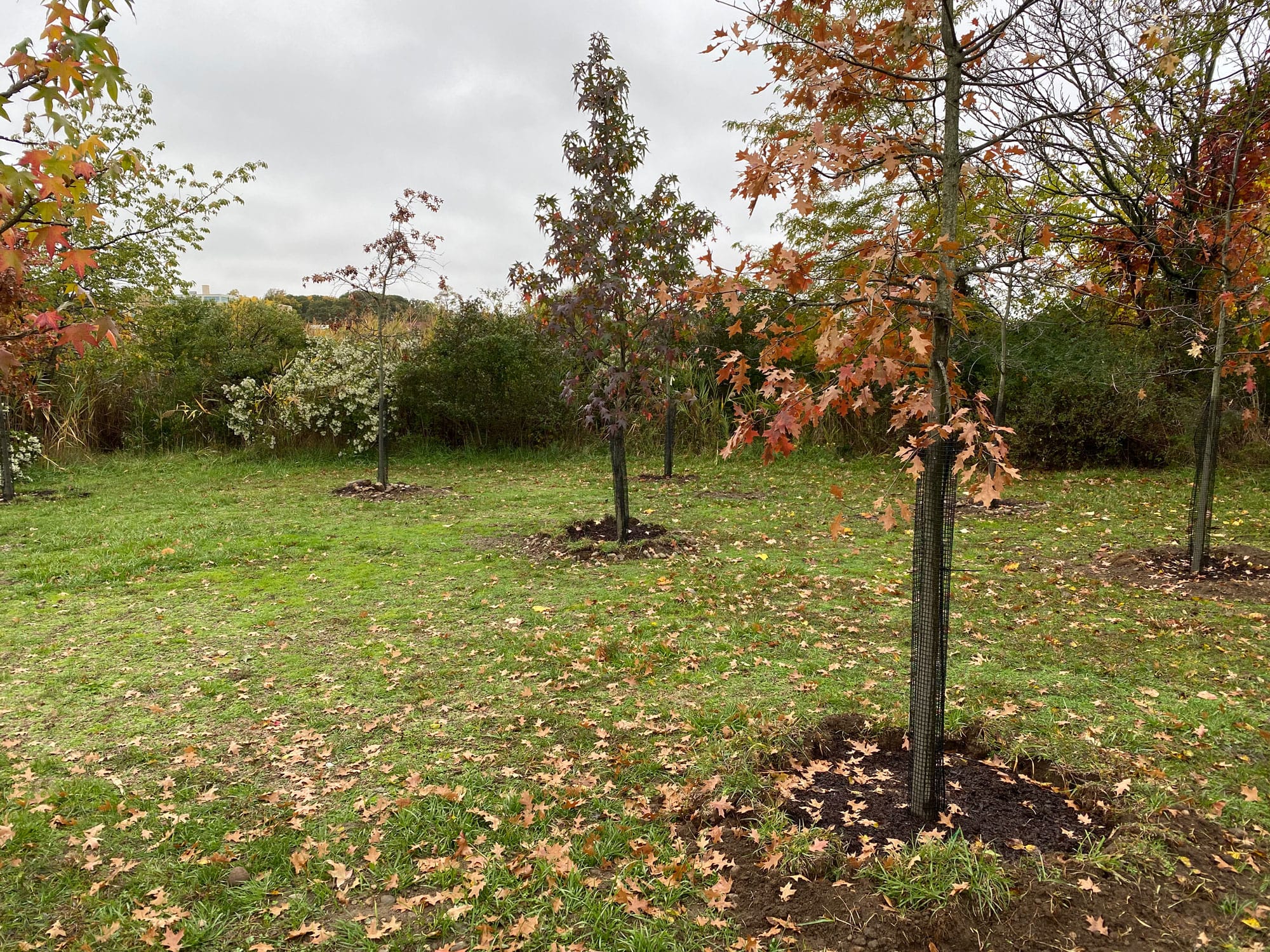
Sustainable Growth
The report found that “urban sprawl has significantly contributed to climate change.” One way to combat some of this is to strategically design communities that “prioritize energy efficiency, public transportation, green spaces, and renewable energy sources.”
“Implementing mixed land-use zoning, promoting walkability, and creating bike-friendly infrastructure not only reduce reliance on fossil fuels but also enhance the overall quality of life for residents,” according to the plan.
Recommendations in this area include:
- Develop robust resources to enable municipalities to implement model climate friendly land use practices. This could include adding local zoning regulations around climate-friendly design guidelines, solar installations, and projects that support alternative modes of transportation.
Green Economy
As communities shift to renewable energy and sustainable practices, the report noted that “green jobs are set to play a vital role in combating climate change by fostering sustainable practices across various industries.”
The demand for jobs in areas such as “renewable energy, energy efficiency, sustainable agriculture, and environmental conservation is expected to rise significantly.”
Recommendations in this area include:
- Increase workforce capacity in clean energy and net zero enabling sectors. This could include developing workforce development programs in these areas to help workers gain the needed skills and incorporating climate-related education into schools.
- Promote equitable procurement practices for municipal decarbonization projects. This could include prioritizing local, diverse, and sustainable suppliers for projects that involve decarbonization work.
Getting Involved
The report said that the recommendations are to be “implemented through local governments along with their coalition partners.”
Residents can look to some of the examples of existing programs, groups, and efforts outlined in the plan and support those efforts or look to bring a similar one to their communities.
For example, the report noted that in Norwalk, the Sustainable Streets collective is working to “improve biking, walking, public transit, and housing options, while making the city a healthier, safer, and more affordable place to live.”
It also highlighted the work of community group, Greenwich Green and Clean, which organizes volunteer events such as community clean ups, invasive plant removals, tree plantings, green traffic islands, and more.
Learn more about the plan and next steps at swctclimate.com.


